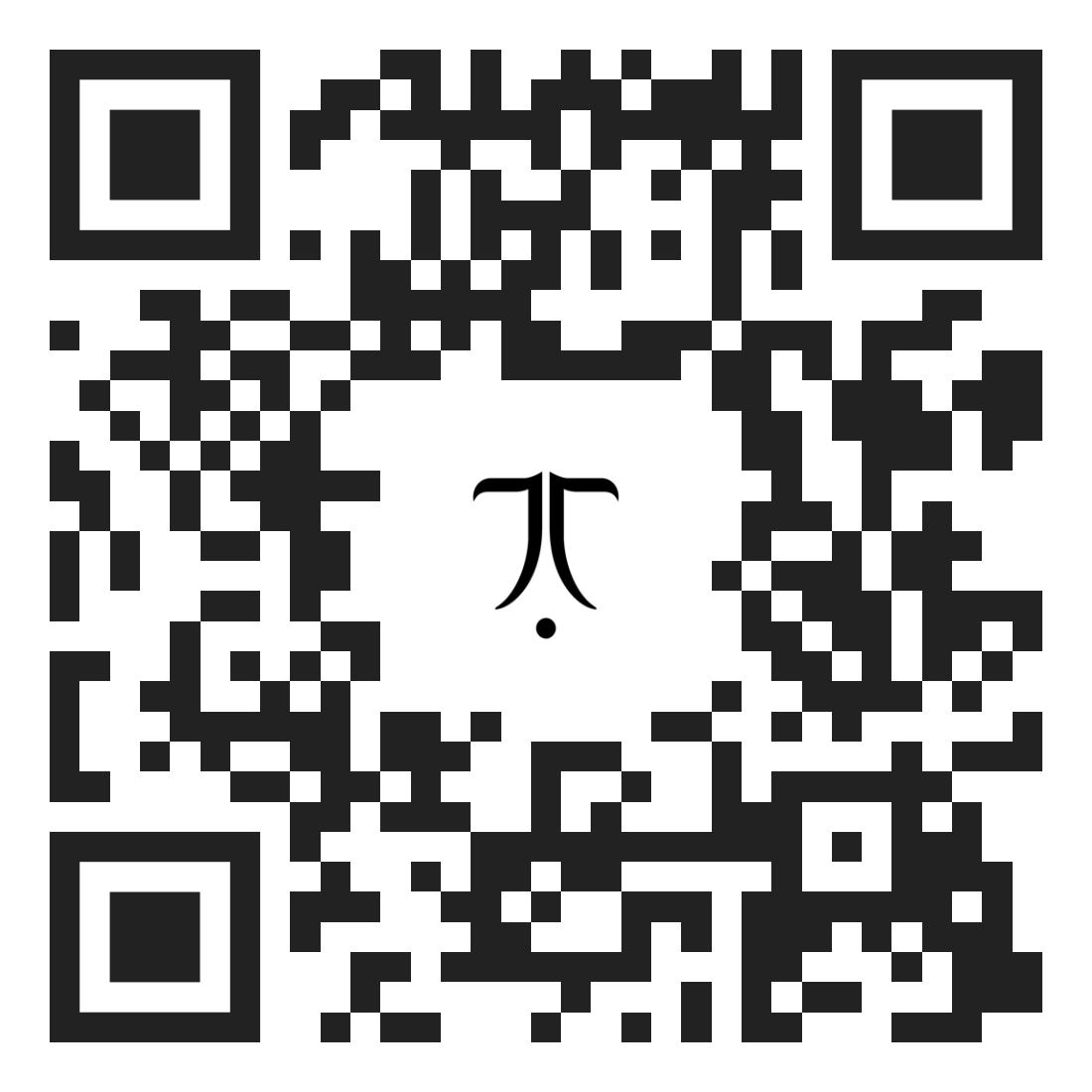When it comes to weddings in India, a Gujarati wedding is one that is unmissable. Rooted in rich customs and vibrant rituals, Gujarati weddings are known for their lively ambiance, colourful attire, and warm hospitality. Each ritual is a beautiful amalgamation of joy, spirituality, and family bonding. In this article, we explore the most important Gujarati wedding rituals that make these ceremonies unique and memorable.
Pre-Wedding Ceremonies
Chandlo Matli And Gol Dhana
The Gujarati wedding journey begins with the Chandlo Matli ceremony. This is where the groom’s family visits the bride’s home to present her with gifts, sweets, and a traditional clay pot called matli. This symbolises acceptance of the proposal and marks the beginning of the wedding festivities. The Gol Dhana follows, an event where the bride’s family reciprocates the gesture by gifting the groom with clothes, jewellery, and cash.

One of the most fun pre-wedding rituals, the Pithi ceremony is a delightful event where turmeric, sandalwood, and rosewater paste are applied to the bride and groom’s skin. This is believed to enhance their beauty and bless them with glowing skin for the wedding day. The Mehndi ceremony follows, where intricate henna designs are applied to the bride’s hands and feet, symbolising love and prosperity.
During the mehendi ceremony, the bride and her family wear some of their best attire and jewellery. And when it comes to bridal jewellery for the Gujarati bride, the latter should not forget to include pieces like necklaces, a small nose pin, and jhumkas from her collection.
Mandap Mahurat And Ganesh Puja
This important ceremony known as the Mandap Mahurat is usually held a day before the wedding day at both the bride and groom’s houses. This is an auspicious moment when the wedding mandap, a canopy where the vows will be exchanged, is constructed. Additionally, a Ganesh Puja is performed to seek Lord Ganesha’s blessings, as he is considered the remover of obstacles and the harbinger of good fortune.

Garba And Sangeet
What’s a Gujarati wedding without a garba? The Garba and Sangeet are vibrant pre-wedding festivities filled with music, dance, and joy. Garba, a traditional folk dance of Gujarat, is performed in circles with brightly lit diyas (earthen lamps) at the centre. The Sangeet is a musical evening where friends and family participate in cultural performances, singing, and dancing.
For the garba and sangeet ceremony, bridal jewellery for the Gujarati bride also plays an important part. To ensure she looks her best, the bride should plan her jewellery in advance to match with her attire.
The Wedding Day


Baraat and Ponkhana
The start of the official wedding day begins with the groom’s grand entry in a procession called the Baraat. Accompanied by friends and family, the groom arrives at the wedding venue on a decorated horse or in a luxurious car. At the entrance, the bride’s mother performs the Ponkhana ritual by playfully blocking the groom’s path with a pot of rice and milk. This act symbolises her bittersweet reluctance to let go of her daughter.
Kanya Agman
The bride’s arrival is also an important part of the Gujarati wedding ceremony and is called Kanya Aagaman. In this ritual, the bride is welcomed by the groom’s family, and her footsteps are considered as the embodiment of Goddess Lakshmi, bringing prosperity and abundance into their lives.
Jaimala
Like most Indian wedding ceremonies, flowers play an important part in both wedding decorations and rituals. The Jaimala is a significant moment during the wedding ceremony when the bride and groom exchange floral garlands. This ritual signifies their acceptance of each other as life partners and is met with cheers and joy from the guests.
Madhuparka
In the Madhuparka ritual, the bride’s father offers the groom a mixture of honey, yoghurt, and ghee as a gesture of welcome and respect. This act symbolises the sweetness of the new relationship and the hope for a harmonious and prosperous future together.
Kanya Daan
Probably the most emotional ritual of the entire wedding ceremony, the KanyaDaan is the ritual where the bride’s parents entrust their daughter to the groom. It is considered the most significant act of giving and is performed with blessings and prayers for the couple’s happiness and well-being.
Hasta Melap And Mangal Fera
During the Hasta Melap, the couple’s hands are tied together with a sacred thread while Vedic hymns are chanted, signifying their union. The Mangal Fera follows, where the couple takes seven rounds around the holy fire, representing seven sacred vows they make to each other. The fire is considered a witness to their marital commitment.
Antarpat
This is not exactly a ceremony but the Antarpat is a ritual that refers to the symbolic curtain that separates the bride and groom during the initial stages of the wedding ceremony. It represents the physical and emotional boundaries between their past single lives and their future shared life as a married couple.
Saptapadi
The Saptadai is the final ritual where the couple takes seven steps together, symbolising their journey through life as equal partners. Each step is accompanied by a vow they make to each other, including promises of love, respect, and support.
Post-Wedding Rituals
Vidaai
After the wedding ceremony comes the Vidaai, an emotional farewell ceremony where the bride bids farewell to her parents, siblings, and other family members to begin her new life with her husband. It is a poignant moment filled with tears and mixed emotions as the bride leaves her parental home to start a new journey with her husband and his family. The family members give their blessings and best wishes to the bride as she embarks on this new phase of life.
Griha Pravesh
After the Vidaai, when the bride arrives at her new home, the Griha Pravesh ceremony takes place. The groom’s family warmly welcomes the bride into their home by performing aarti and showering her with flower petals. This ritual symbolises the bride’s formal acceptance into her husband’s family and her new role as a daughter-in-law.
Conclusion
Gujarati weddings are a tapestry of cultural vibrancy, devotion, and familial love. Each ritual holds deep significance and reflects the values cherished by the community. From the colourful Garba to the solemn Saptapadi, these ceremonies not only bind two individuals in matrimony but also strengthen the bond between two families. As generations continue to embrace these beautiful traditions, it’s important for a bride to look her best. From her attire to bridal jewellery for the Gujarati bride, each element of the bride’s ensemble adds to the beauty of these traditional wedding rituals.





















